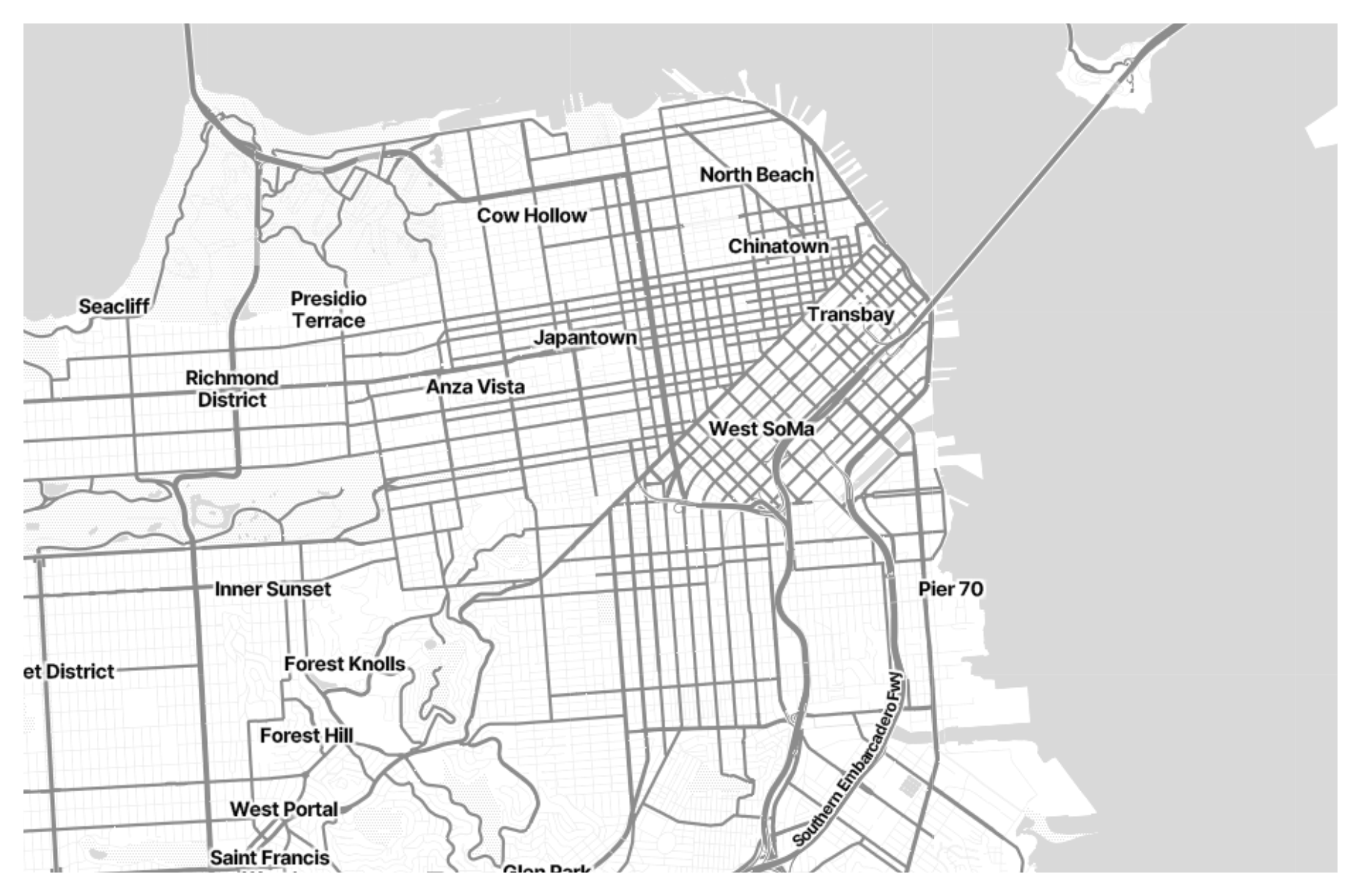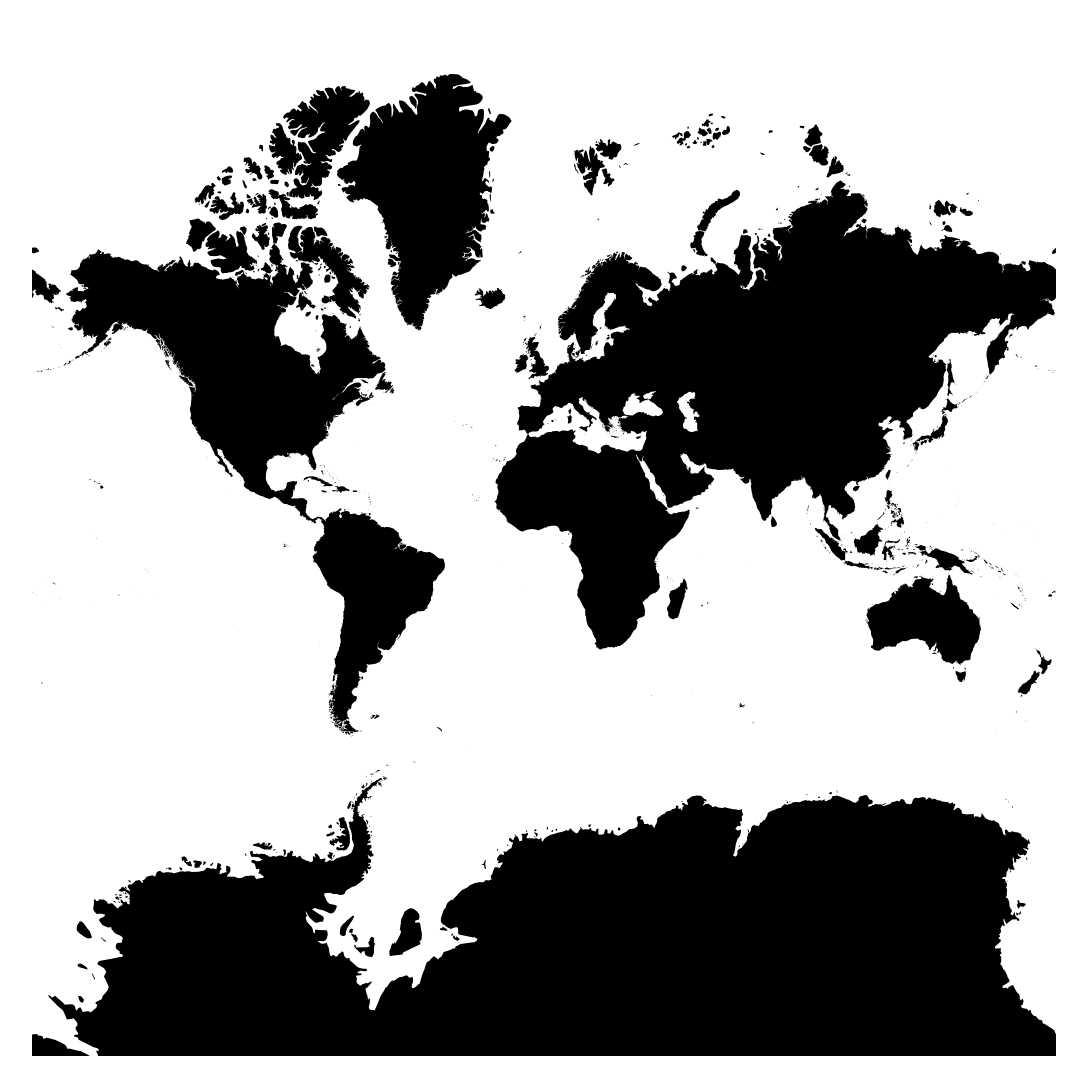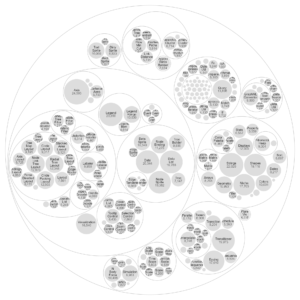Sale!
Description
Description :
- Fast Rendering: Web Mercator tiles allow for rapid rendering of maps in web applications. By dividing large map areas into smaller, pre-rendered tiles, web mapping services can serve maps to users quickly, enhancing user experience and responsiveness.
- Optimized Performance: Pre-rendered tiles reduce the computational load on servers and clients. By caching tiles and serving them to users as needed, web mapping applications can optimize performance, ensuring smooth map interactions even in high-traffic scenarios.
- Seamless Integration: Web Mercator tiles are widely supported by popular web mapping libraries and platforms such as Google Maps, OpenStreetMap, Leaflet, and Mapbox. Their widespread adoption facilitates seamless integration into web applications, enabling developers to easily incorporate maps into their projects.
- Scalability: The tile-based approach of Web Mercator allows for scalable map rendering across different zoom levels. As users zoom in or out, the web mapping application dynamically loads and displays the appropriate tiles, providing detailed map views at various scales.
- Consistency: Web Mercator tiles ensure consistency in map rendering across different web mapping services and applications. By adhering to a standardized tiling scheme and projection, maps from different providers maintain visual coherence and familiarity for users.
- Support for Interactivity: Web Mercator tiles support interactive features such as panning, zooming, and overlaying additional data layers. These interactive capabilities enhance user engagement and enable dynamic exploration of geographic information on web maps.
-
Uses :
Only logged in customers who have purchased this product may leave a review.







Reviews
There are no reviews yet.